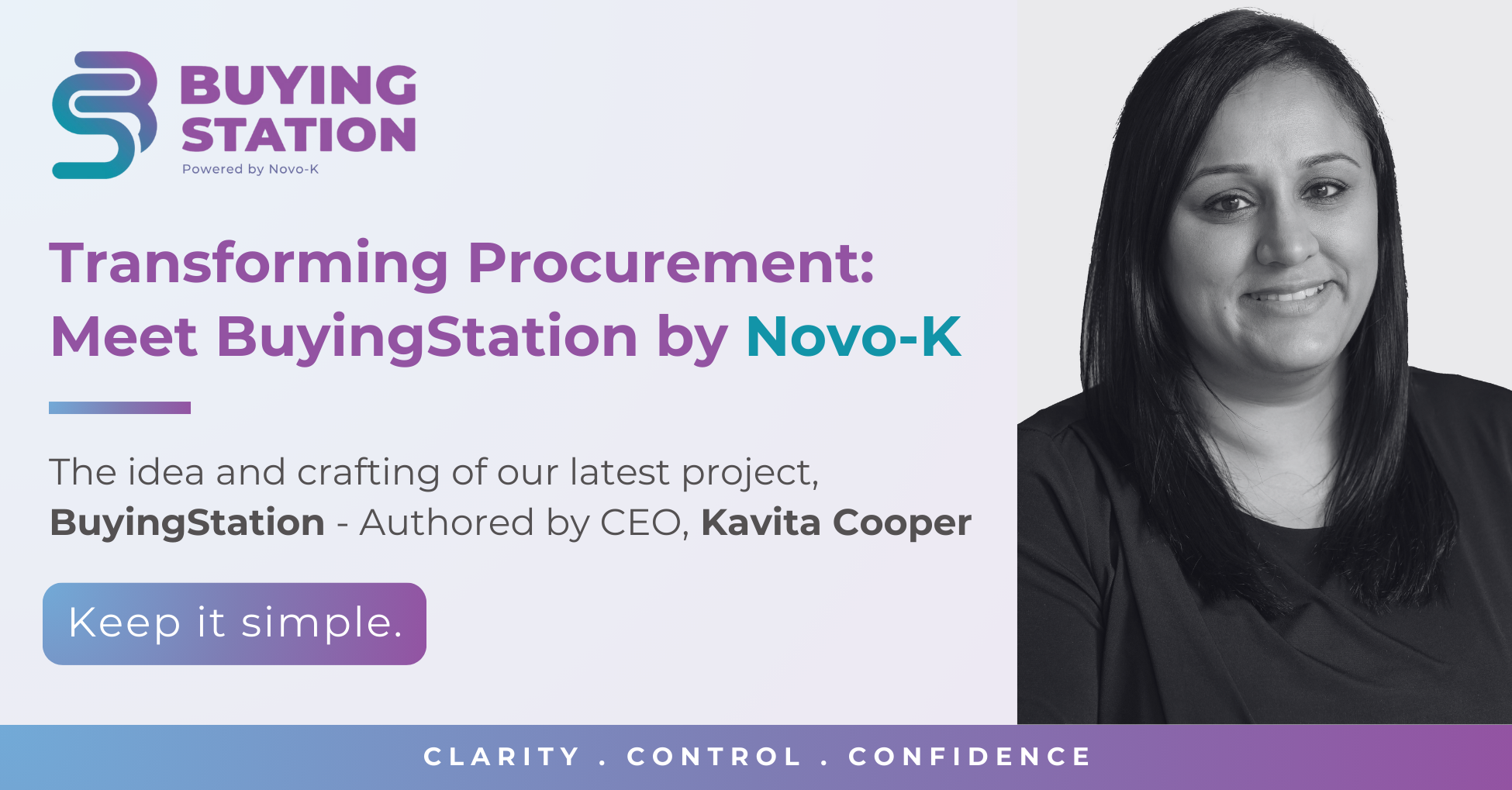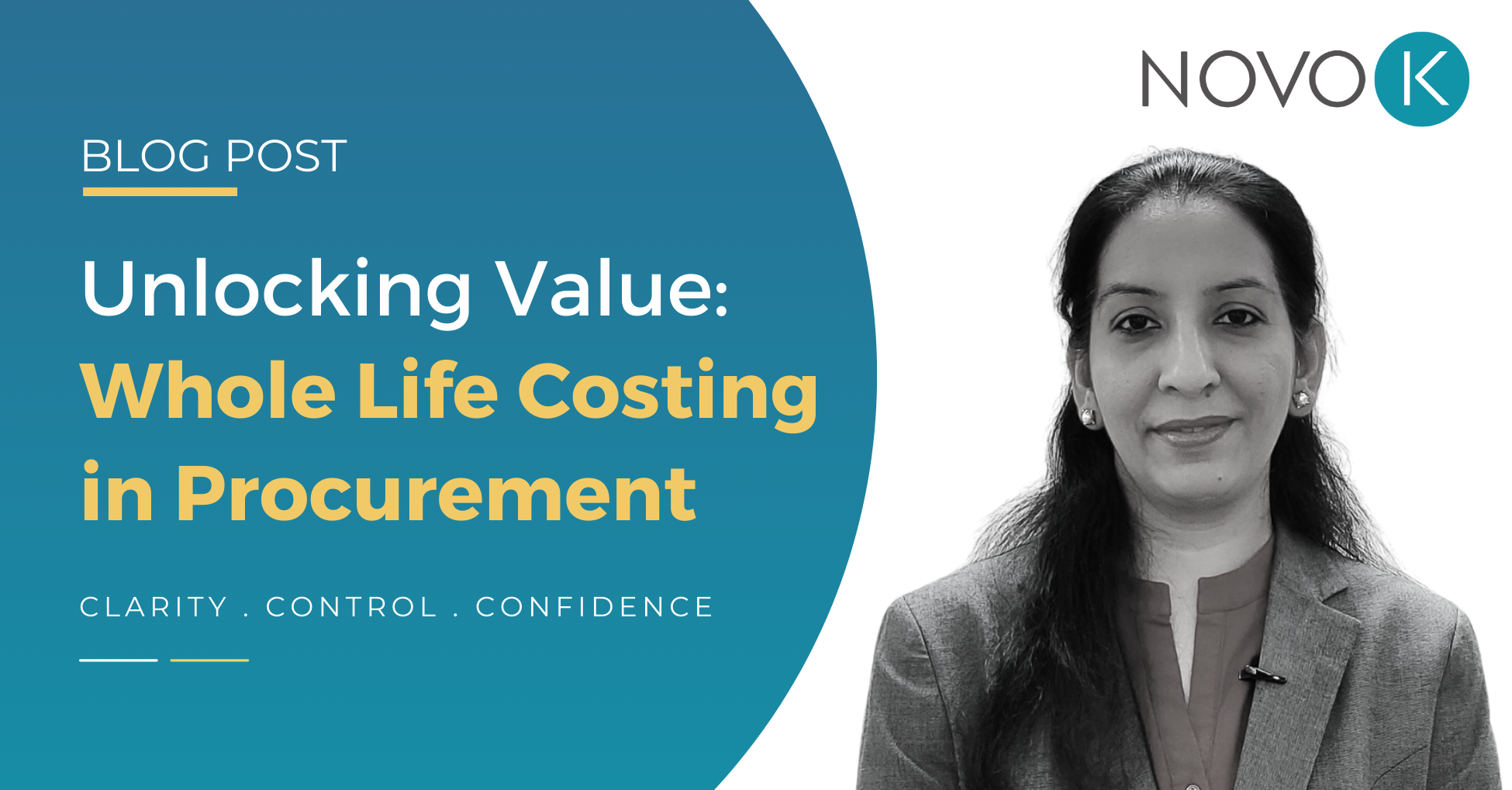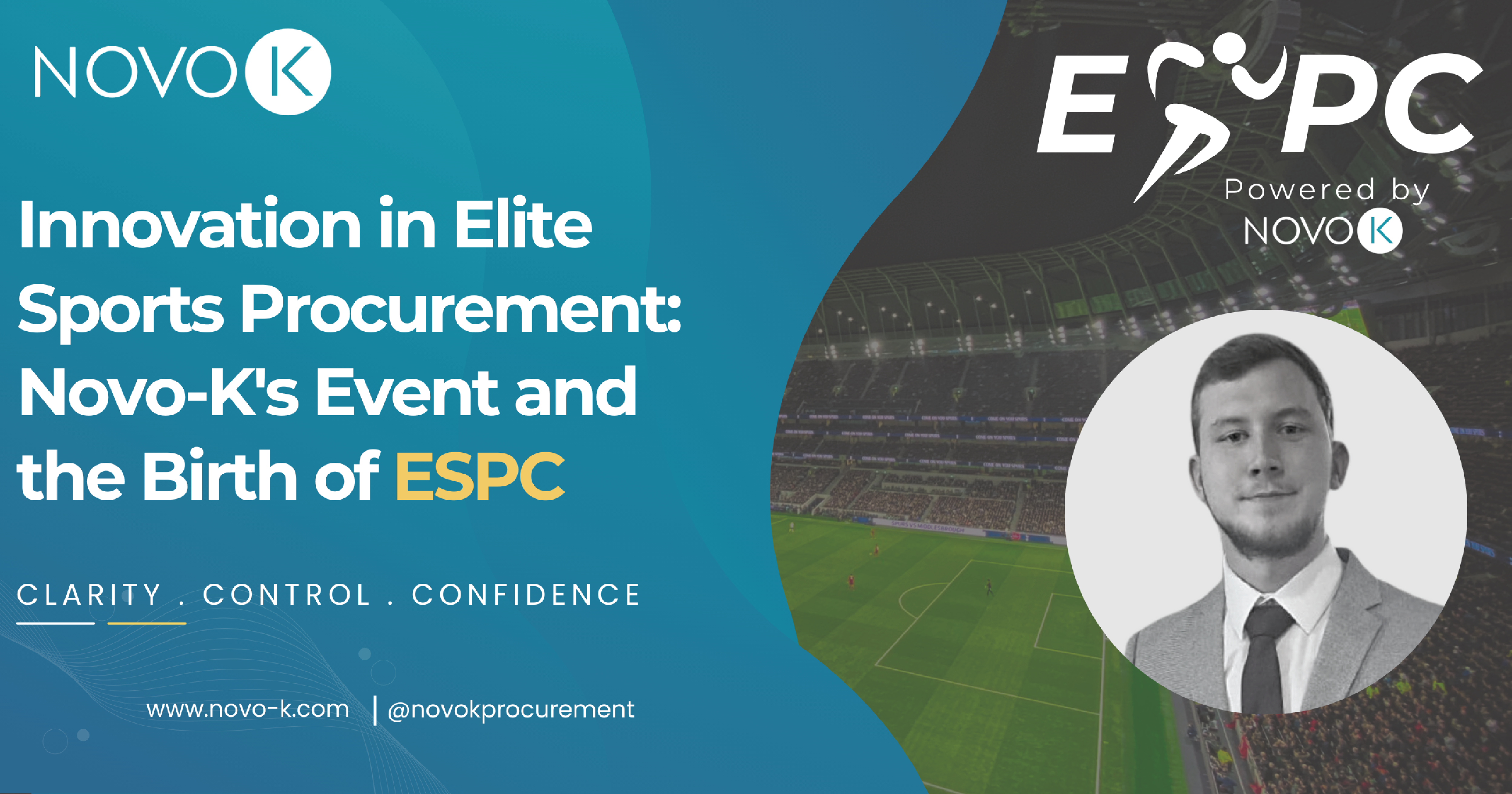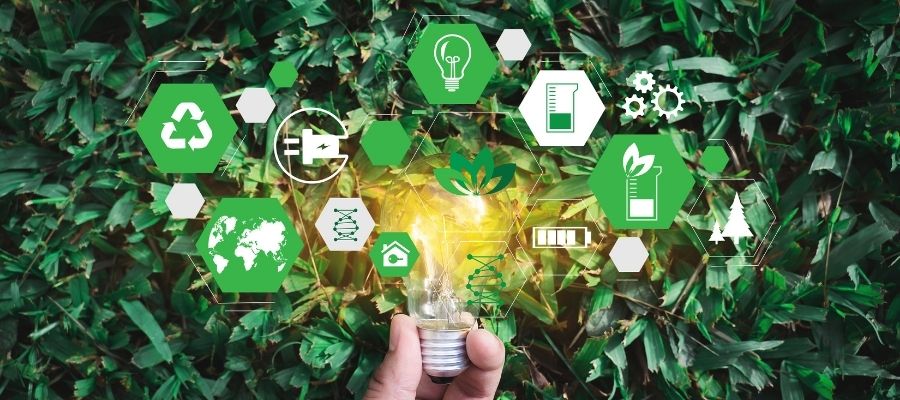
NovoK@Admin
How Procurement Can Progress Sustainability and Circular Supply Chains
As sustainability has risen to the top of the business agenda rapidly, the procurement function has been given the opportunity to lead the change and innovate towards a better future.
Concepts for circular economy in supply chains and improvements across sustainable procurement practices have passed through businesses for some time.
However, large organisations have made significant investments this year, including IKEA’s production of circular mattresses, Coca Cola’s pilot using bottles made from 100% recycled plastic, and Nissan’s announcement of its aim to produce 100% of Electric Leaf vehicles using renewable energy.
We spoke to procurement professionals around ways to support the progress of sustainability.
Focus on whole-life cost
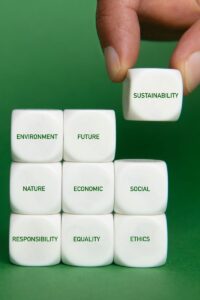
Stephen Whyte, managing director at supply chain software firm QADEX, highlighted that, a ‘systemic change’ is needed especially within the fast fashion industry as clothing sold extremely cheaply is likely to have potential sustainability risks.
“We all need to be the sustainability experts in our own circle of control — from businesses to consumers.”
“The model of cheapest first is not always necessarily going to work in the future. We will have to focus on the total lifecycle cost of production, including the carbon footprint and modern slavery, and look at a balanced scorecard of people planet, and profit,” he said.
“That’s why it’s a systemic challenge, not just a mindset change needed in a single department or function.”
Robert Bonnar, global procurement director at energy firm SHV Energy, added that for sustainability to progress procurement need to adopt a holistic, total cost of ownership approach. “The total business case will work, but might not fit with the traditional profit and loss & balance sheet because you’re trying to implement a different business model.
“Instead of ‘how cheap can I get this new material’, it’s about understanding the cost from a holistic view through the full lifecycle. For example, finding ways to extend the life cycle or improve the usage — rather than buying more — can really optimise costs,” he said.
Drive consumer choice
While procurement usually take the lead from consumer demand, it’s time for the function to take the stage for driving value through the business.
Andy Neilson, founder of procurement consultancy Twisted Orange and commercial director at Novo-K, said: “Procurement can be that conduit for change because a lot of consumers need educating as well.”
It’s a cycle of suppliers educating procurement on the innovation opportunities that can support sustainability targets, which educates the business and expands market competition, enabling consumers to make healthier choices, he added.
Whyte highlighted that its vital to get buy-in from other stakeholders, and procurement plays a key role in communicating the benefits of investing more in products that benefit people and the environment, so that the businesses can bring consumers on board.
Innovation through collaboration
Supplier innovation is the fuel that generates new sustainability solutions, from alternative packaging to improved recycling technology, but organisations need to support these efforts by coordinating needs, investing and helping carry the risks.
Bonnar said: “If you think you’re interested in circular economy or sustainability, your supply chain is investing ten times as much as you are, so tapping into that is key to building the momentum together.”
“They’re also in tune with the market trends and competitors’ movements so building effective supplier relationships, especially on matters of innovation, will be the difference between whether you’re at the forefront of your industry or just trying to catch up with everyone else.”
According to Neilson, good supplier relationship management is having the time, resource and mandate to focus on relationships, not just cost management, and understand how to balance short-term commercial benefit against long-term overall benefits.
Identify circular opportunities and simple solutions
Peter Smith, procurement author and founder of consultancy Procurement Excellence, said companies need to start by defining who their stakeholders are, what they care about and what the business is trying to achieve, in order to identify their sustainability area of focus.
For example, a timber company will prioritise sustainable sourcing to address deforestation, while it might be more beneficial for a cosmetics firm, where most of the customers are female, to donate 10% of profits to educating girls in the developing world or supporting diverse female-owned businesses, he explained.
Smith also highlighted the importance of close cross-departmental relationships between the sustainability and procurement function internally, as well as external collaborations, to build circular economy.
“It’s not just collaboration between the buyer and the supplier, it often goes deeper to include the regulators, government agencies, and industry bodies. While circular supply chains are still in their early days, some of the biggest impacts are being made through mass industry initiatives,” he added.
Similarly, Bonnar cautioned against over-complicating solutions as often processes or materials need improving not reinventing. He highlighted the example of steel cylinders used to store gas which are already recyclable, but could benefit logistically from being made more lightweight.
“Sometimes in a drive for circularity, we can lose sight of the really simple solutions we’ve already got. Make sure that you retain the positives, your innovation should be an improvement, not just taking one slightly imperfect solution and implementing a different, slightly imperfect solution,” he added.
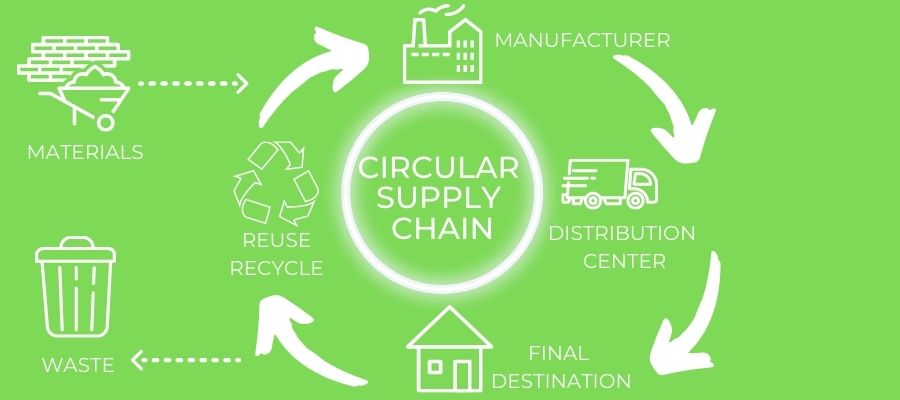
Map with the purpose of measuring
Neilson warned that a lot of corporate news can be PR and doesn’t go far enough to deliver results, saying that too often organisations use the difficulty of measurability as a scapegoat, because if they measure it, they’ll have to manage it.
Supply chain mapping is the main action required to build better visibility in the road to measuring sustainability — the shortfalls, opportunities and achievements — as is common with managing a key risk area. Once actions to implement sustainable solutions have been made, contract management is the next step to safeguarding requirements established with suppliers and monitor positive impacts.
Smith said: “For many government contracts, there’s going to be a demand that buyers include a 15% evaluation weighting for social value / sustainability. How this will be done still needs to be clearer however, and contract management and reviews need to be taken more seriously. They are a key part in ensuring suppliers do what they promise.”
Bonnar added that you can’t simply let it run in the background, you need to stay engaged with suppliers and embed continuous improvement and innovation in contracts.
“You should be looking at having key performance indicators (KPIs) and service level agreements (SLAs) to benchmark your sources of logistics, energy utilities, more recyclability in packaging, as well as building that customer of choice/partnership aspect in,” he said.




